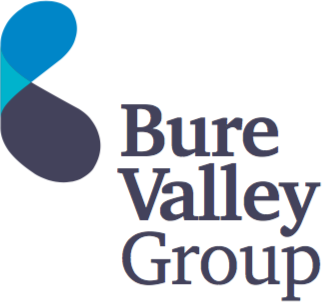The 2024 Autumn Statement brought some key changes to UK inheritance tax (IHT). Pension pots, for instance, will fall under the IHT “umbrella” from April 2027 as they are brought into the value of a person’s estate.
Less talked about is the change to IHT and alternative investment market (AIM) shares. Here, investors need to consider how the Chancellor’s changes could affect their portfolios and tax planning.
Below, we discuss why the Autumn Statement matters for early-stage investors, how AIM shares could be impacted and what you can do about it.
We hope these insights are helpful. If you’d like to discuss your early-stage investment strategy with us, or explore our exclusive range of startup projects, please get in touch.
The Autumn Statement & AIM
Historically, AIM shares have enjoyed a range of attractive tax benefits. Until recently, they were eligible for Business Property Relief (BPR). This allowed investors to claim 100% IHT relief after only two years of ownership.
This made AIM shares very attractive to wealthy investors in terms of estate planning. For instance, if an individual had already exhausted all other IHT allowances (e.g. the nil rate band and residence nil rate band), then BPR-qualifying shares were a good option to mitigate tax.
However, the 2024 Autumn Statement has confirmed a change to BPR relief and AIM shares. From April 2026, 100% IHT relief will no longer be available. Instead, the relief will be restricted to 50%.
The Impact of AIM Changes
The new AIM rules will effectively levy a 20% IHT rate on AIM shares upon the owner’s death (i.e. 50% of the standard IHT rate, which is 40%).
For example, suppose an investor dies, and all other IHT allowances and reliefs have been used (or do not apply). If she dies owning a £1 million AIM portfolio, then an IHT bill of £200,000 may be due from the value of her estate.
The Autumn Statement also introduced a new £1 million BPR/APR tax-free allowance, which applies to certain assets (e.g. agricultural assets on farms). However, AIM shares do not fall under these rules.
Will AIM become less attractive now?
It is difficult to say definitively at this point.
AIM shares currently held by investors may still qualify for 100% BPR – e.g. if you bought some two years ago and sell them before April 2026.
However, any new AIM purchases will effectively be taxed at a 20% IHT rate if no other allowances apply (e.g. the nil rate band).
This is because the new rules come into effect in April 2026 – i.e. 16 months from the time of writing. Under the previous BPR rules, you needed to hold AIM shares for at least two years to qualify for 100% relief.
How can I build an IHT-efficient portfolio?
Certainly, options have narrowed for investors seeking to mitigate the impact of IHT on their portfolios when they die. However, there are still strategies available to you.
Firstly, the “7-Year Rule” was left untouched by the Chancellor in the Autumn Statement. This means that an investor can still potentially avoid IHT on AIM shares which are given away – provided they survive at least 7 years after the date of the gift.
If you (the previous owner) die within that timeframe, an IHT “taper” might apply to the value of your gift. For instance, if 5-6 years pass between the gift date and death, then a 16% IHT rate typically applies.
For exact advice about what the IHT taper might be for any AIM shares you give away, consider speaking with a financial adviser.
Secondly, annual gifts can still be a very tax-efficient way to give away wealth during someone’s lifetime. In 2024-25, you can give away up to £3,000 in gifts each tax year without these being counted as part of your estate for IHT purposes.
This Annual Exemption can be used to donate AIM shares. Over ten years, for instance, this could allow you to give away an early-stage portfolio worth up to £30,000.
If you have a spouse or life partner, they are also entitled to their own Annual Exemption. So, together, you could effectively double your annual IHT-free gifts.
Thirdly, AIM shares can also still be passed to a surviving spouse or civil partner without IHT after the owner’s death. For instance, suppose you die owning £1 million in AIM shares. Your surviving spouse receives them with no IHT to pay.
Moreover, all of your unused IHT allowance passes to to them. This includes your nil rate band of £325,000, which combines with your partner’s, totalling £650,000 upon the second death.
As such, it is possible that your beneficiaries could still receive an AIM portfolio worth up to this amount without IHT.
Want to speak to us about our early-stage opportunities here at our exclusive investor network? Get in touch today to explore our startup projects here at Bure Valley Group.


